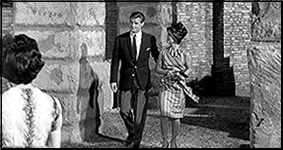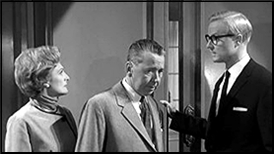Sun 27 Oct 2019
SF Stories I’m Reading: POUL ANDERSON “Gibraltar Falls.”
Posted by Steve under Science Fiction & Fantasy , Stories I'm Reading[2] Comments
POUL ANDERSON “Gibraltar Falls.” Short story. Time Patrol series, First published in The Magazine of Fantasy & Science Fiction, October 1975. Collected in The Guardians of Time (Tor/Pinnacle, paperback, October 1981) and The Dark Between the Stars (Berkley, paperback, December 1981, among others. Reprinted in As Time Goes By, edited by Hank Davis (Baen, trade paperback, February 2015).
It is the latter anthology, the one edited by Hank Davis, that I’ve just dipped into, with “Gibraltar Falls” being the very first story. The theme connecting all of the tales chosen for inclusion is that of time travel, perhaps my favorite type of science fiction story, combined with romance — romance that is thwarted by chance, perhaps — two lovers separated by time, or death, or even the wrong thing said at the wrong time, but what if one could only go back and make things right? Change the course of history, if only on a very small and almost insignificance scale in the overall scheme of things.
Such is everyone’s fantasy, looking back at their lives. What might have been, if only …
Such is the case in “Gibraltar Falls.” Having gone back in time to the end of the Miocene Era to witness the Mediterranean basin being filled by a enormous waterfall flowing from the Atlantic through the Straits of Gibraltar, two members of he Time Patrol meet disaster. She’s pulled in. He, having never told her how much he is in love with her, is unable to save her.
Can he go back in time, in spite of rules and regulations preventing him, and save her? [WARNING: PLOT ALERT] It turns out that the answer is yes, and while I think it’s a bit a cheat (no further details), this is a fine story, a small personal tale told against the backdrop of the early days of Earth’s history, in Poul Anderson’s usual larger than life style.


